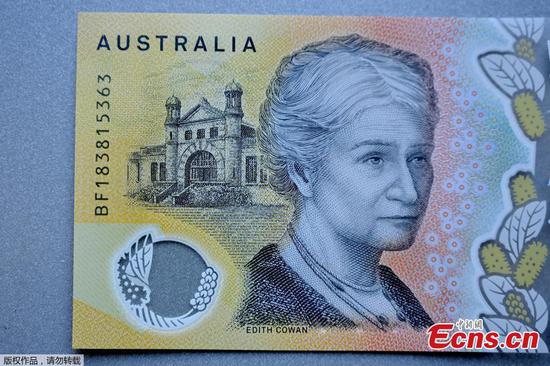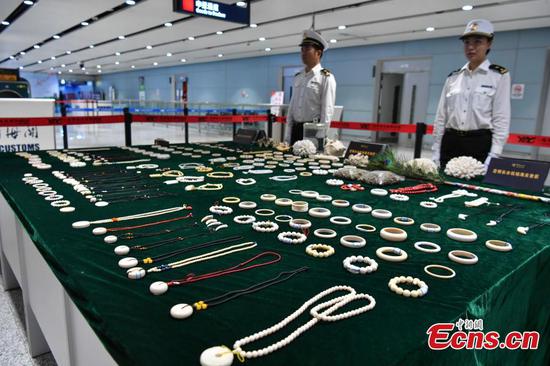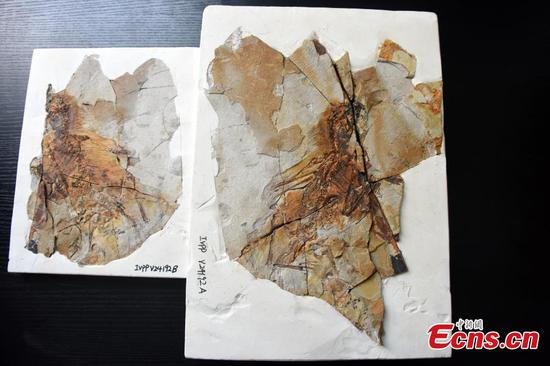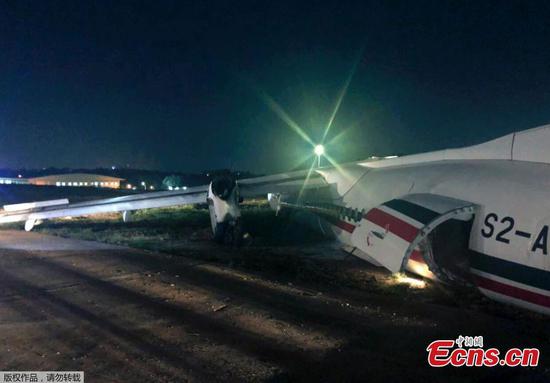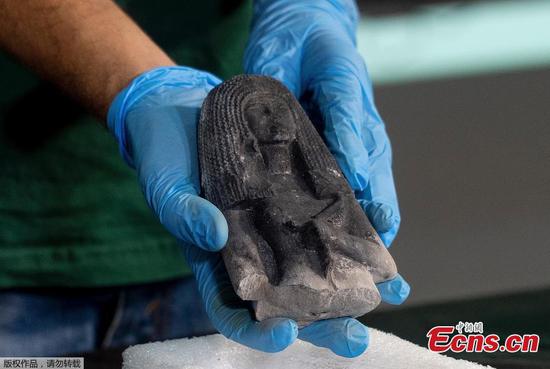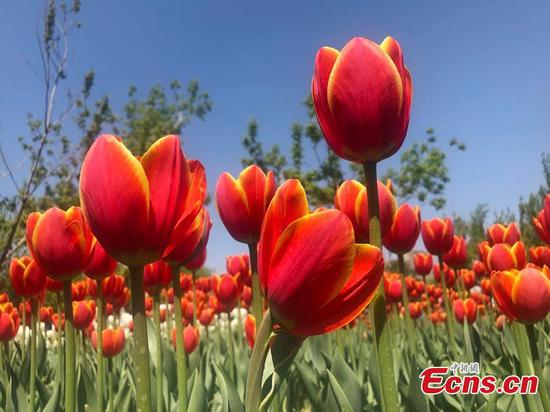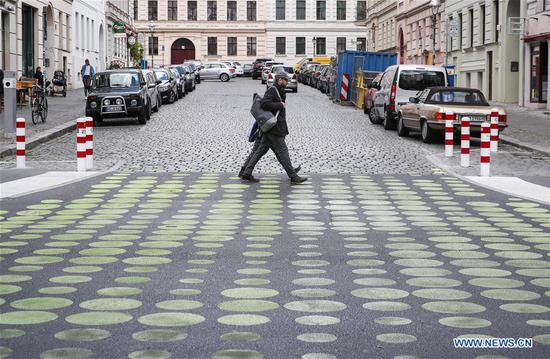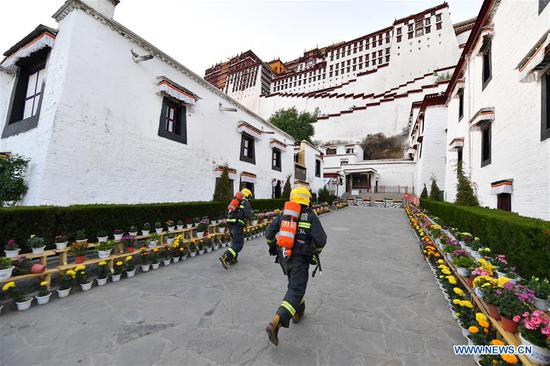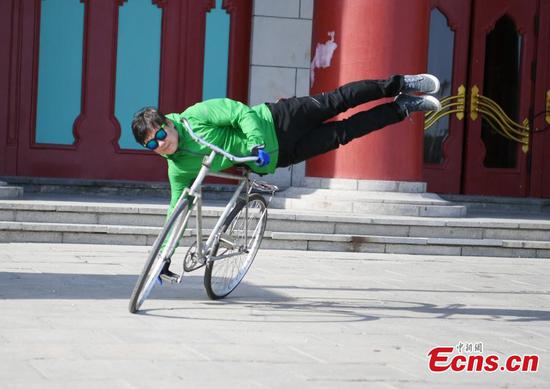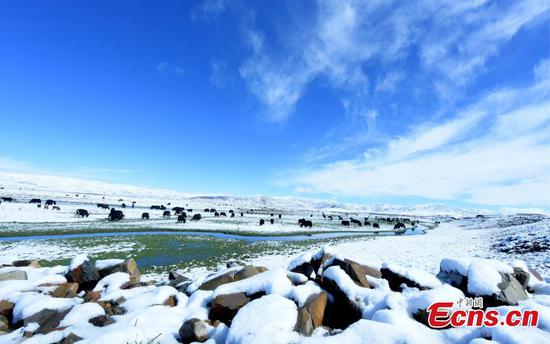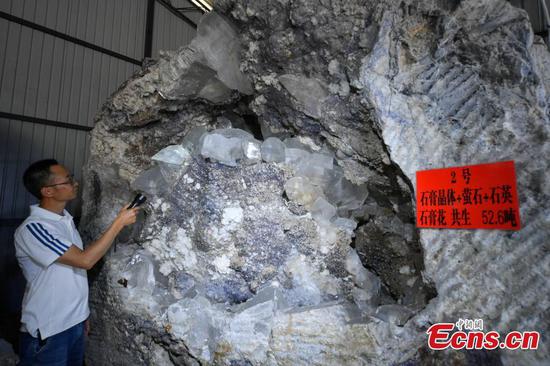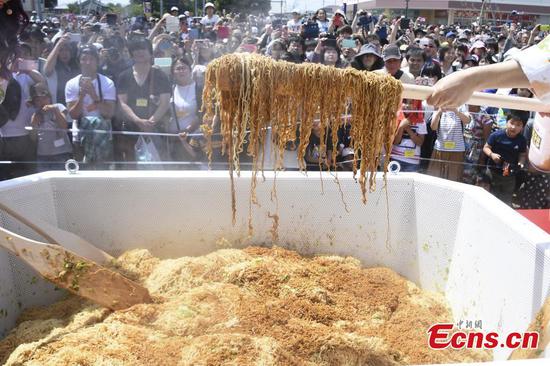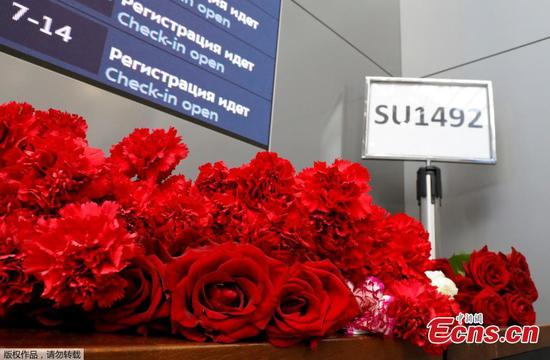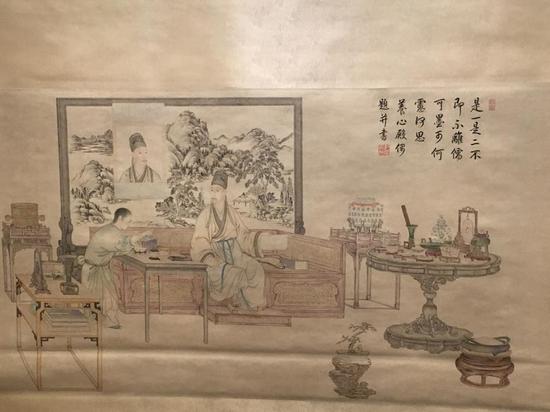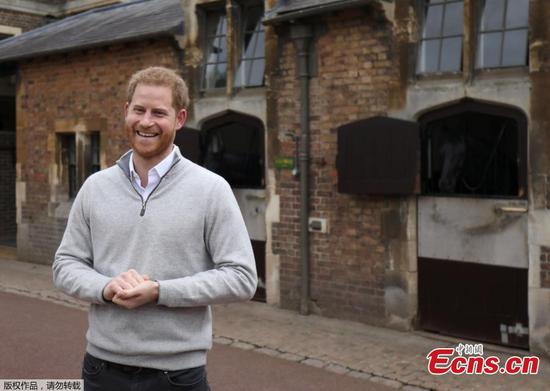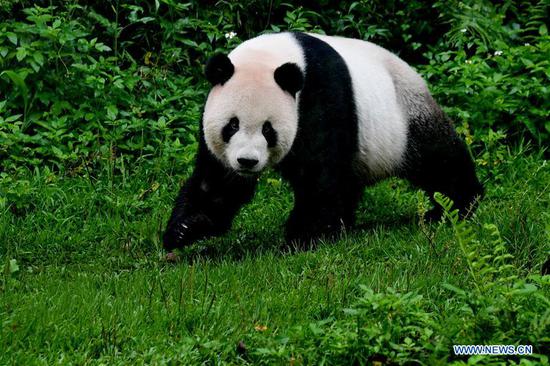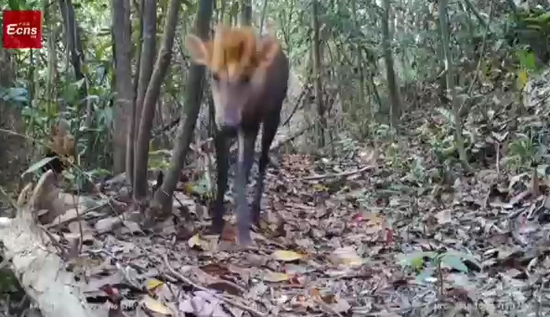
[Illustration by Li Min/China Daily]
This floral boom is also driving tourism growth.
Earlier this year, online travel service provider Ctrip released its Global Flower Tourism Trend Report for 2018, which assessed the hottest floral tourist attractions worldwide and Chinese tourists' preferences.
According to the report, the number of searches using keywords such as "cherry blossom", "peach blossom" and "rapeseed flowers" rose by 500 percent, while both inbound and outbound flower-themed tourism services booked on the platform grew by more than 30 percent for three consecutive years.
In March, Zhang Yilian and her husband, who are both retired, visited Wuyuan county, Jiangxi province, to see yellow rapeseed flowers. When she returned home, Zhang found the pictures she posted on her WeChat friends circle had become a hit.
"I got 62 'thumbs ups', and I think this is because my friends are all attracted by the beauty of nature," she said.
In 2017, Zhang and her husband joined a WeChat group called the "Retired flower admirers club". The couple and the 200 other "group mates" are interested in the same blooms.
"Some people in the group grow flowers at home, and some are photographers who look to flowers for inspiration. Lao Yang (Zhang's husband) and I enjoy traveling, so we decided to visit places with beautiful blossoms after we retired."
Amelia Qiu, a macroeconomics researcher in London, said wealthy Chinese consumers now have greater demands regarding their quality of life. As a result, consumption of "experiences" and "spiritual products" is increasing rapidly.
"But it's never about flowers. They are not the aim. It's a symbol of wealth, aesthetic taste and social status. In addition, showing flowers on social media has become more appealing to gain the recognition and appreciation of others, rather than showing luxury handbags or watches, which are also highly valued by Chinese," Qiu said.
In 2017, Wang Wanying, a graduate student from Zhejiang Normal University, visited the Netherlands in spring to see the tulips.
Photos of the flowers she saw on her trip to Keukenhof Park, which she posted on her travel blog, have been viewed thousands of times.
"My next stop is Bulgaria, or Provence in France, to see roses and lavender," Wang said.
Gao Jianzhou, a floriculture researcher at Beijing Forestry University, said there has been an upsurge in Chinese travelers "seeking to deepen their experiences of the world's natural phenomena. Those who are interested in nature, flora and botanical tourism like to travel in certain seasons to extend the experiences gained from their trips."
In view of the strong demand, "floral destinations" are making various attempts to attract Chinese tourists.
Eddie Yang, Asia director of the Netherlands Board of Tourism and Conventions China, said Chinese tourism to the Netherlands has seen double-digit growth in recent years.
"Moreover, Dutch attractions are also catering to more Chinese tourists' needs," Yang said.
"They can buy tickets to most Dutch parks and gardens through Alipay on their mobile devices. Furthermore, the Van Gogh Museum and some other well-known attractions have all launched Chinese websites and provide audio guides in Mandarin. NBTC China has also created tailor-made tourist guides on arts, interaction and outdoor activities to cater to the needs of Chinese of different ages and different interests."
Domestic flower destinations are also doing their bit to attract flower-loving travelers.
Peach flowers in Linzhi city, Tibet autonomous region; apricot blossom in Ili Kazak autonomous prefecture, Xinjiang Uygur autonomous region; and cherry blossom in Wuhan, capital of Hubei province, are among the hottest flower-themed destinations, according to Ctrip.
Gao, the floriculture researcher, said rural areas as well as cities with vast fields of blooms are being encouraged to develop flower-driven tourism.
The fact that cities, as well as the countryside, are becoming increasingly beautiful is the biggest driving force behind the booming domestic flower trade, Gao said.
"Some old houses have been redecorated and transformed into unique homestays, offering accommodations and various farm produce and authentic folk culture for tourists," he said.
"As China seeks green development, people will find beautiful scenery everywhere," Gao added.









